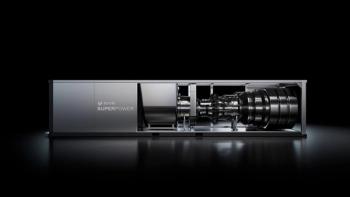
GE installs 9HA gas turbines at Bhikki power plant in Pakistan
To avoid blackouts, meet power needs, and help reduce the estimated 5 GW energy shortfall of the Punjab government, GE will provide two 9HA.01 gas turbines and associated equipment to Harbin Electric. The new 1.1 GW Bhikki combined cycle power plant will generate the power needed to supply more than six million Pakistani homes, and is likely to enter commercial operation in 2017. Harbin will handle engineering, procurement and construction of the plant.
This project marks the first HA orders in the Middle East and North Africa Region and the 20th and 21st worldwide. GE’s HA gas turbines are said to provide the highest efficiency and best operational flexibility. The 9HA.01 is said to offer a net combined-cycle efficiency of more than 61 percent, which is a cleaner and cost-effective conversion of fuel to electricity. The 9HA gas turbine completed off grid, full speed, full load validation testing in January 2015 at the test stand located at GE’s manufacturing facility in Greenville, SC, USA.
GE has signed a Memorandum of Understanding with the government to develop Pakistan’s energy resources to meet the projected demand of 54,000 MW by the year 2020. Mohammed Mohaisen, President & CEO, GE Power Generation Products Middle East and North Africa, said, “Providing the first 9HA heavy duty gas turbines in the MENA region to the Bhikki plant in Pakistan demonstrates our keenness to deliver the best-in-class solution for supporting the country in meeting its energy requirements using the most efficient technology available today.”
Sarim Sheikh, President and CEO of GE Pakistan said, “Addressing the shortage of electricity is imperative to boost the industrial infrastructure of the country and to promote the well-being of the people. Through our technology collaboration for Bhikki, we are confident of setting a new industry benchmark in the country’s power sector.”
Newsletter
Power your knowledge with the latest in turbine technology, engineering advances, and energy solutions—subscribe to Turbomachinery International today.




